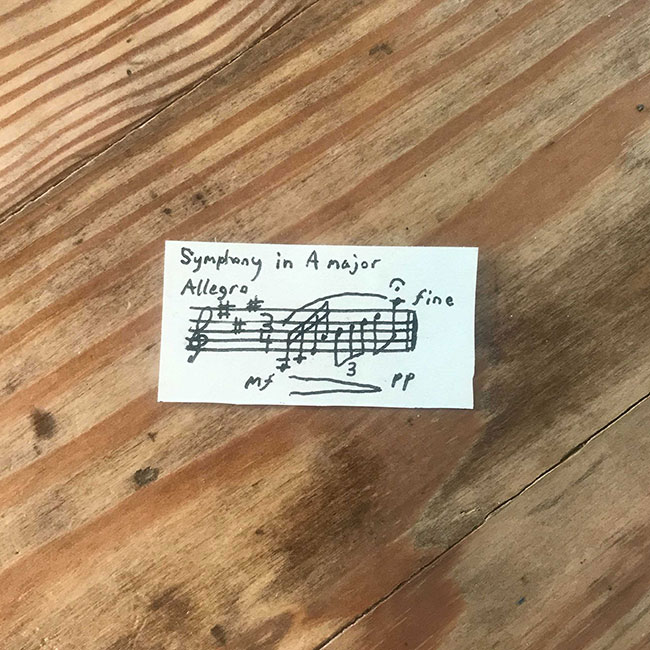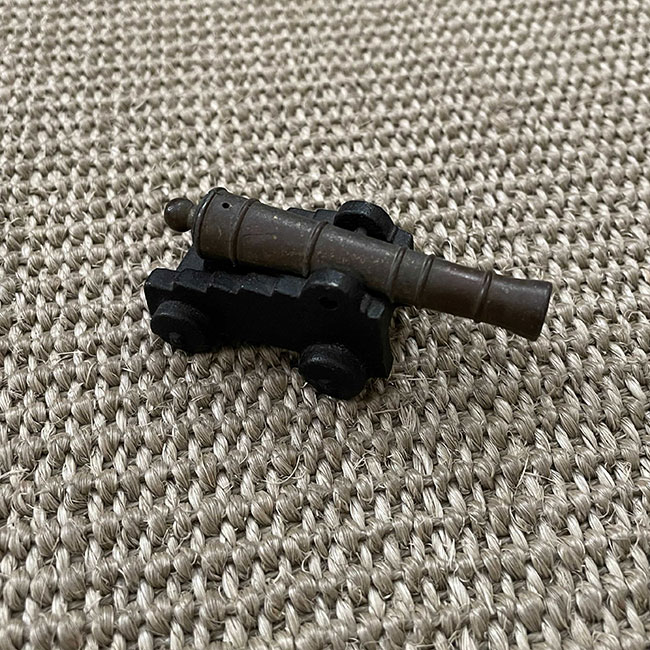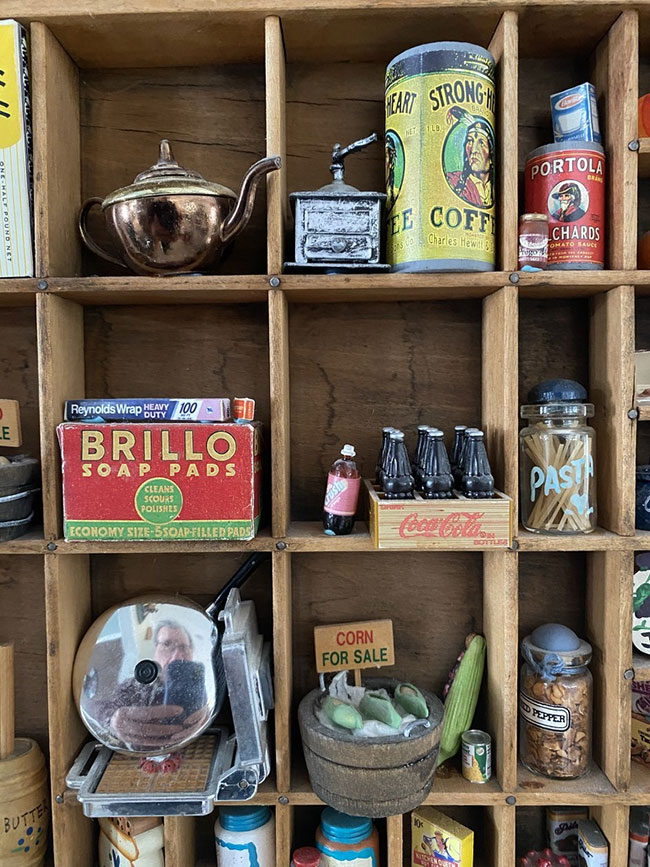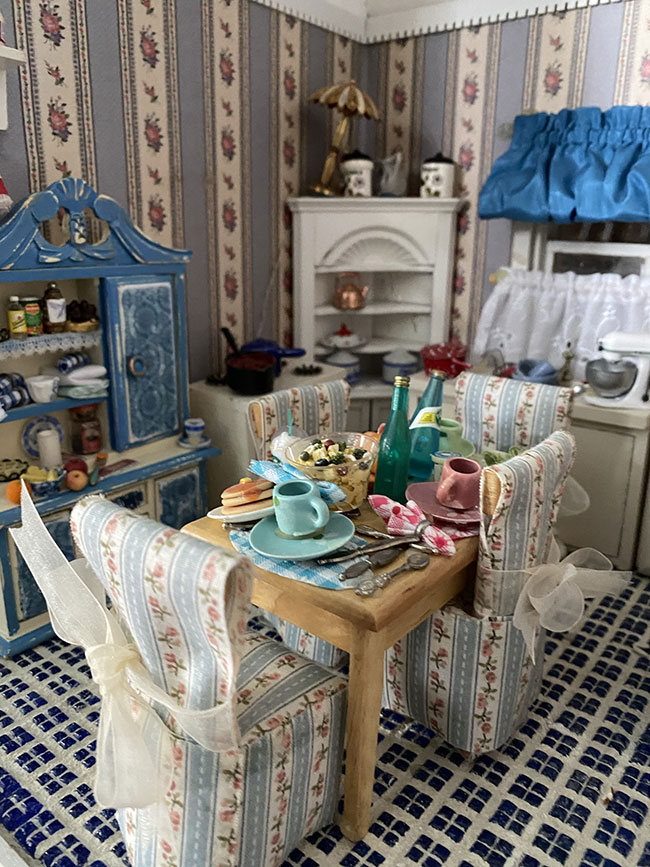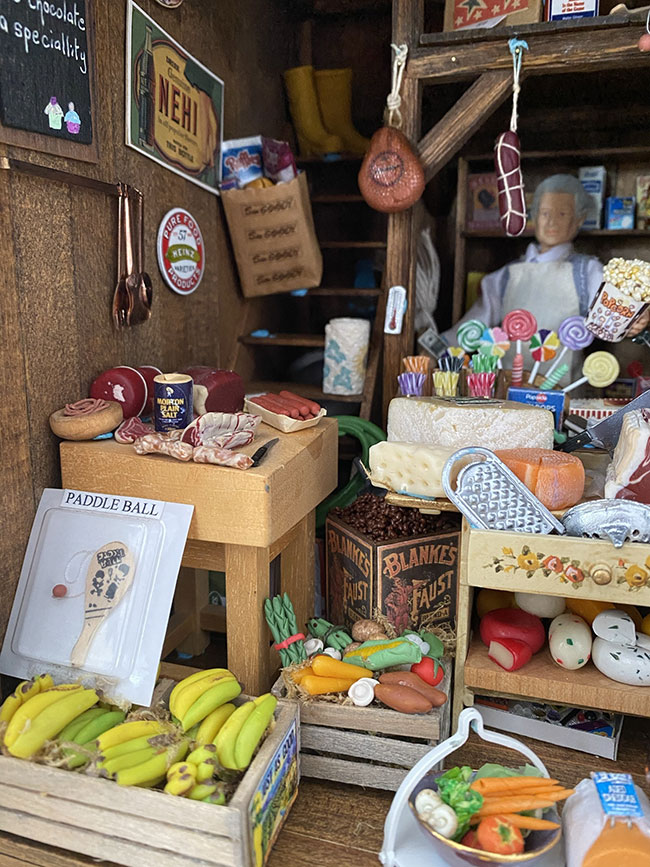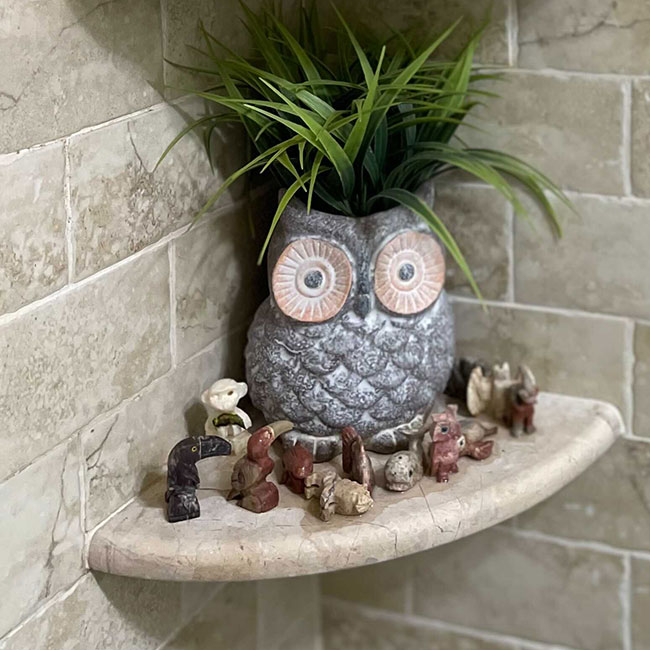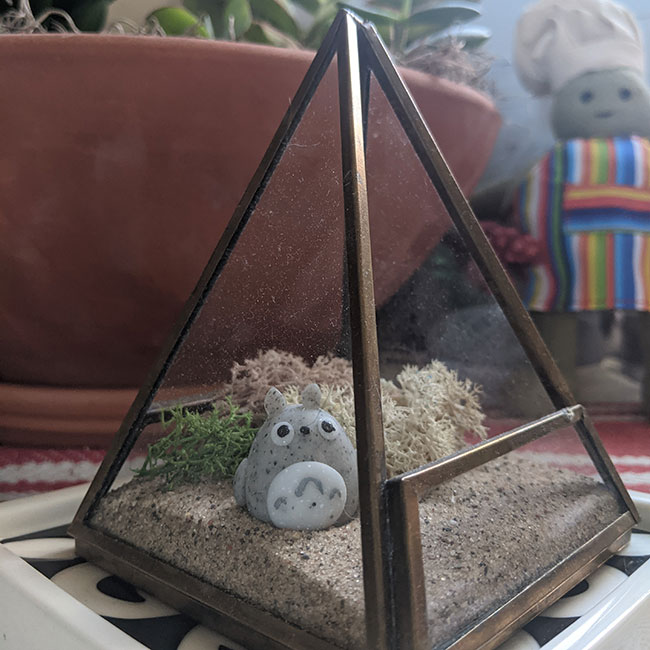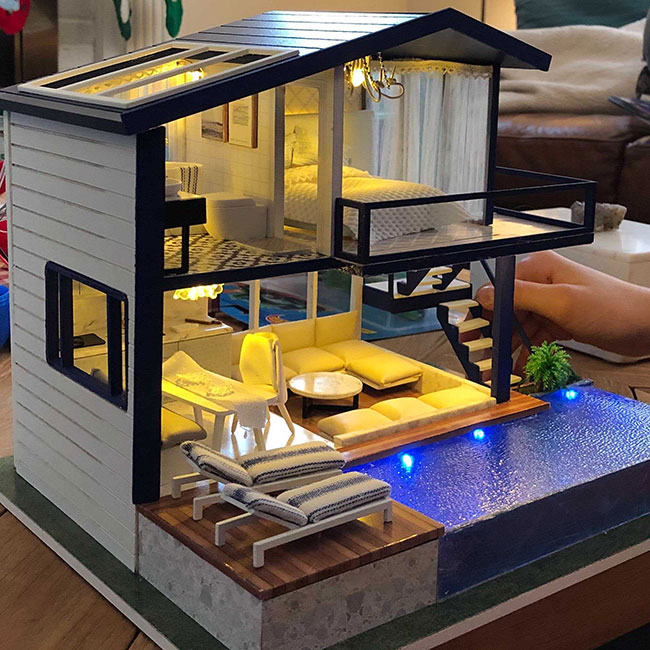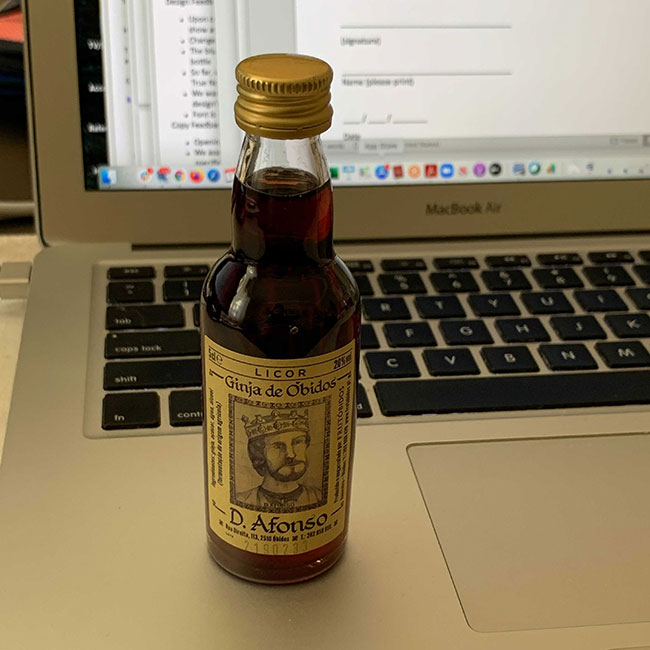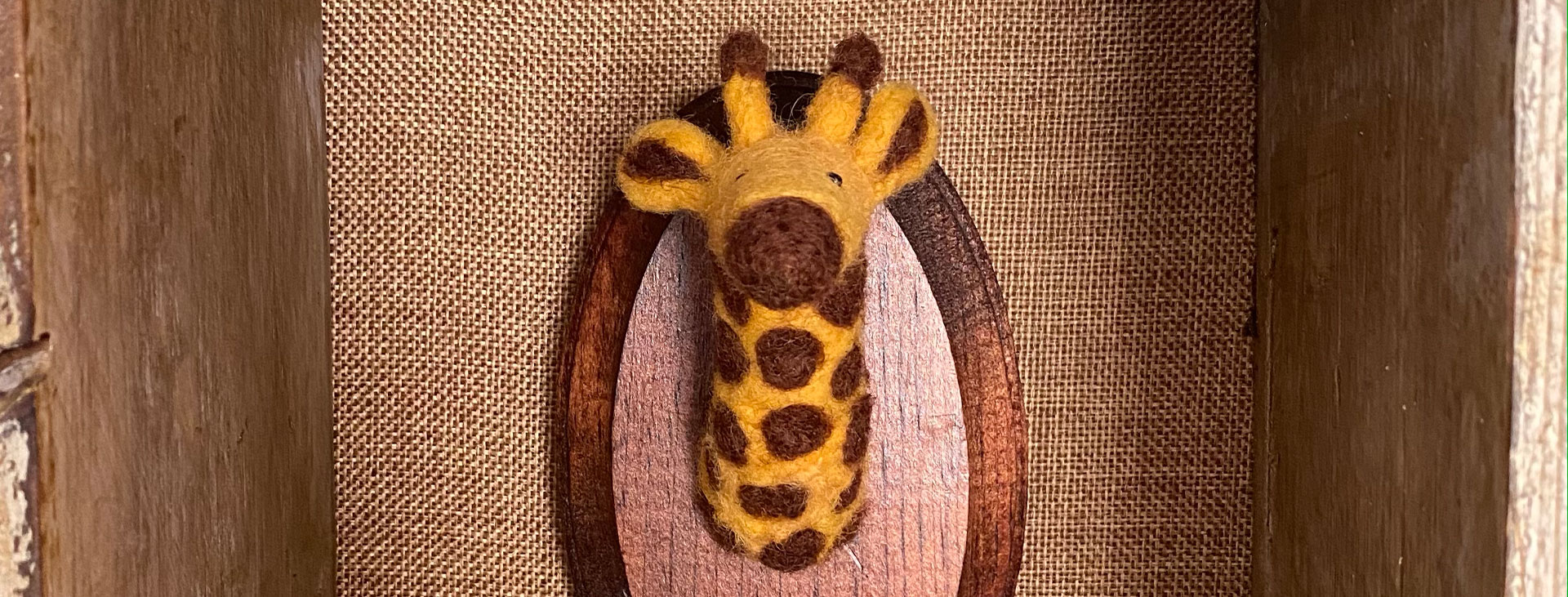
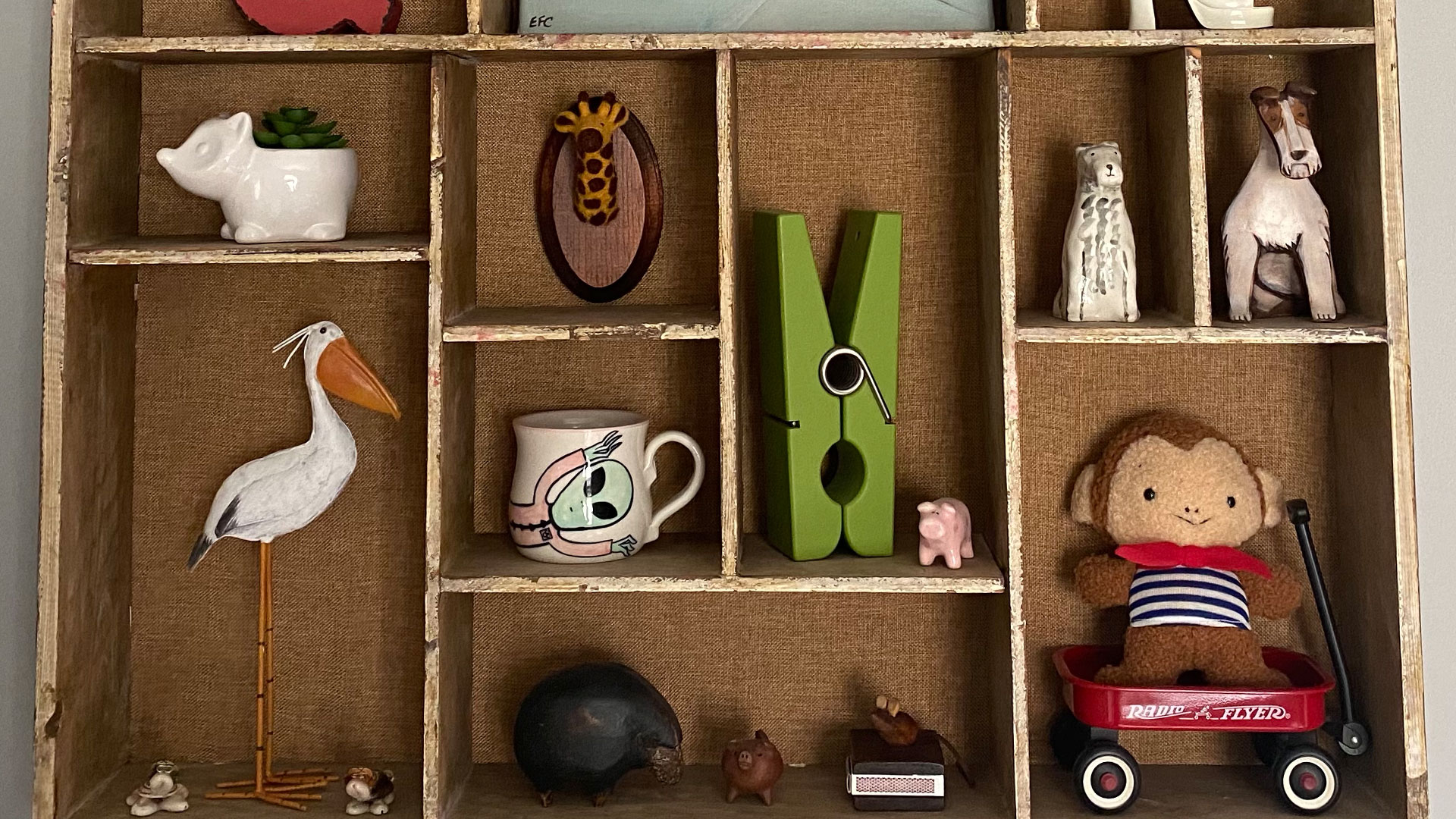
The idea for this blog entry came to mind during my recent visit to the AT&T store. I was there to upgrade to the new iPhone 12, available in two sizes: big and, OMG, mini. I’m not sure what enthralled me more, its 5.4″ display and bionic capability or that it was called mini. I spent a good amount of time weighing my two options. But this article isn’t about the iPhone 12 mini, it’s about our obsession with small stuff.
What is it about mini that we can’t resist? We’re tempted by mini chocolate bars and love playing mini golf and receiving mini perfume samples. Our fascination with miniatures runs deep. According to psychology, it starts when we’re wee ourselves. As children, we play with dolls and action figures because they can easily be manipulated and plastic construction toys because it allows us to create small worlds we control. This form of escapism and craving for dominion also plays a part in our adult lives.
Today, we find ourselves enamored with Instagram feeds, like @tinyhousecalls, filled with photos of super fab miniature rooms and furnishings that could be featured in home décor magazines. Unlike Victorian dollhouse collectors, these miniature enthusiasts are also makers, whether it’s crafting a mini glass tile backsplash or whipping up mini edibles using real ingredients and fairy-size utensils in a tiny kitchen.
Working on a miniature level is nothing new to artists, designers, and architects. The ability to demonstrate their ideas on a small scale is greater for flexibility and objectivity before something can be realized at Brobdingnagian proportions. Where would we be without small models of buildings, trains, bridges, or aircraft? Imagine the struggle to build entire cities or to educate ourselves without small replicas of the real deal. Globes, like the handcrafted ones by @globemakers, allow us to hold and examine the earth in our hands, giving us a deeper appreciation for its enormous size and value.
In the world of advertising, our ideas and concepts typically begin as thumbnail sketches or doodles on a napkin before taking shape on a billboard or on a TV screen. As an integrated creative and media agency, we find ourselves also having to fit big campaigns into some of the smallest placements. How do you tell a brand’s story in a 300×250-pixel banner ad? Sounds impossible. How do you convince someone to give to a cause in a 10-second video? You think small.
A single image, or simple message, allows someone to see and understand more with less. Some of our smallest ads have made the biggest impact on performance. As advertisers, we’re always innovating ways to fit into people’s newsfeeds, a world within a world. You can imagine how small that is in comparison to the huge chaotic physical world we all live in. It’s human nature to want to make sense of large subjects, like life. The next time you’re faced with a challenge to build a brand, sell a product, or promote your business, work small. You’ll feel like a giant.
– Victoria Wetterer, Creative Director
Check out these miniatures from the personal collections of True Northers:
